What is Exit Criteria?
Last updated: January 20, 2024 Read in fullscreen view
- 01 Aug 2024
 The Standish Group report 83.9% of IT projects partially or completely fail 160/1785
The Standish Group report 83.9% of IT projects partially or completely fail 160/1785 - 13 Apr 2024
 Lessons on Teamwork and Leadership from Chinese story book "Journey to the West" 44/953
Lessons on Teamwork and Leadership from Chinese story book "Journey to the West" 44/953 - 15 Feb 2024
 What is a Cut-Over in Software Development? 39/1198
What is a Cut-Over in Software Development? 39/1198 - 02 Nov 2023
 Differences between software walkthrough, review, and inspection 27/2008
Differences between software walkthrough, review, and inspection 27/2008 - 02 Nov 2021
 What is Terms of Reference (ToR)? 24/1470
What is Terms of Reference (ToR)? 24/1470 - 18 Oct 2020
 How to use the "Knowns" and "Unknowns" technique to manage assumptions 21/992
How to use the "Knowns" and "Unknowns" technique to manage assumptions 21/992 - 03 Apr 2022
 Microsoft Solutions Framework (MSF) 14/1162
Microsoft Solutions Framework (MSF) 14/1162 - 01 Oct 2020
 Fail fast, learn faster with Agile methodology 13/975
Fail fast, learn faster with Agile methodology 13/975 - 19 Oct 2021
 Is gold plating good or bad in project management? 8/756
Is gold plating good or bad in project management? 8/756 - 10 Nov 2022
 Poor Code Indicators and How to Improve Your Code? 8/214
Poor Code Indicators and How to Improve Your Code? 8/214 - 18 Dec 2023
 The Cone of Uncertainty in Scrum & Requirement Definition 8/646
The Cone of Uncertainty in Scrum & Requirement Definition 8/646 - 18 Oct 2021
 Key Elements to Ramping Up a Large Team 7/1115
Key Elements to Ramping Up a Large Team 7/1115 - 06 Feb 2021
 Why fail fast and learn fast? 6/376
Why fail fast and learn fast? 6/376 - 01 Feb 2024
 How long does it take to develop software? 6/210
How long does it take to develop software? 6/210 - 01 Mar 2023
 Bug Prioritization - What are the 5 levels of priority? 6/207
Bug Prioritization - What are the 5 levels of priority? 6/207 - 14 Oct 2021
 Advantages and Disadvantages of Time and Material Contract (T&M) 4/794
Advantages and Disadvantages of Time and Material Contract (T&M) 4/794 - 18 Aug 2022
 What are the consequences of poor requirements with software development projects? 4/243
What are the consequences of poor requirements with software development projects? 4/243 - 20 Jul 2022
 Software Myths and Realities 4/801
Software Myths and Realities 4/801 - 07 Jul 2022
 Managing Project Execution Terms 3/379
Managing Project Execution Terms 3/379 - 08 Oct 2022
 KPI - The New Leadership 3/557
KPI - The New Leadership 3/557 - 31 Oct 2021
 Tips to Fail Fast With Outsourcing 3/376
Tips to Fail Fast With Outsourcing 3/376 - 24 Nov 2023
 The project management paradox: Achieving MORE by doing LESS 3/194
The project management paradox: Achieving MORE by doing LESS 3/194 - 10 Apr 2024
 The Parking Lot Method: Unlocking a Simple Secret to Supercharge Your Productivity 3/403
The Parking Lot Method: Unlocking a Simple Secret to Supercharge Your Productivity 3/403 - 26 Sep 2024
 Successful Project Management Techniques You Need to Look Out For 2/368
Successful Project Management Techniques You Need to Look Out For 2/368 - 05 Jun 2023
 Fractional, Part-Time (virtual) or Interim CTO: Who Will Cover Your Business Needs? 2/109
Fractional, Part-Time (virtual) or Interim CTO: Who Will Cover Your Business Needs? 2/109 - 10 Dec 2023
 Pain points of User Acceptance Testing (UAT) 2/417
Pain points of User Acceptance Testing (UAT) 2/417 - 23 Sep 2021
 INFOGRAPHIC: Top 9 Software Outsourcing Mistakes 2/412
INFOGRAPHIC: Top 9 Software Outsourcing Mistakes 2/412 - 17 Feb 2022
 Prioritizing Software Requirements with Kano Analysis 2/284
Prioritizing Software Requirements with Kano Analysis 2/284 - 28 Dec 2021
 8 types of pricing models in software development outsourcing 2/418
8 types of pricing models in software development outsourcing 2/418 - 13 Dec 2020
 Move fast, fail fast, fail-safe 2/292
Move fast, fail fast, fail-safe 2/292 - 15 May 2022
 20 Common Mistakes Made by New or Inexperienced Project Managers 2/247
20 Common Mistakes Made by New or Inexperienced Project Managers 2/247 - 14 Jun 2022
 Example and Excel template of a RACI chart in Software Development 2/708
Example and Excel template of a RACI chart in Software Development 2/708 - 12 Aug 2022
 What is End-to-end project management? 2/382
What is End-to-end project management? 2/382 - 02 May 2022
 What Is RAID in Project Management? (With Pros and Cons) 2/735
What Is RAID in Project Management? (With Pros and Cons) 2/735 - 02 May 2022
 What Is RAID in Project Management? (With Pros and Cons) 2/735
What Is RAID in Project Management? (With Pros and Cons) 2/735 - 22 May 2022
 What are common mistakes that new or inexperienced managers make? 1/243
What are common mistakes that new or inexperienced managers make? 1/243 - 27 Jan 2020
 Should a project manager push developers to work more hours due to mistakes of manager schedule setting? 1/412
Should a project manager push developers to work more hours due to mistakes of manager schedule setting? 1/412 - 19 Apr 2021
 7 Most Common Time-Wasters For Software Development 1/525
7 Most Common Time-Wasters For Software Development 1/525 - 07 Dec 2023
 12 project management myths to avoid 1/169
12 project management myths to avoid 1/169 - 26 Dec 2023
 Improving Meeting Effectiveness Through the Six Thinking Hats 1/205
Improving Meeting Effectiveness Through the Six Thinking Hats 1/205 - 05 Jan 2024
 Easy ASANA tips & tricks for you and your team 1/181
Easy ASANA tips & tricks for you and your team 1/181 - 11 Jan 2024
 What are the Benefits and Limitations of Augmented Intelligence? 1/435
What are the Benefits and Limitations of Augmented Intelligence? 1/435 - 02 Jan 2024
 What is User Provisioning & Deprovisioning? 1/483
What is User Provisioning & Deprovisioning? 1/483 - 01 Mar 2024
 10 Project Management Myths 1/120
10 Project Management Myths 1/120 - 01 Aug 2022
 Is planning "set it and forget it" or "set it and check it"? /264
Is planning "set it and forget it" or "set it and check it"? /264 - 02 Jun 2024
 Reviving Ancient Wisdom: The Spiritual Side of Project Management /204
Reviving Ancient Wisdom: The Spiritual Side of Project Management /204 - 21 Oct 2025
 Cloud-Native Development: Why It’s the Future of Enterprise IT /43
Cloud-Native Development: Why It’s the Future of Enterprise IT /43 - 14 Mar 2024
 Why should you opt for software localization from a professional agency? /117
Why should you opt for software localization from a professional agency? /117 - 12 Mar 2024
 How do you create FOMO in software prospects? /131
How do you create FOMO in software prospects? /131 - 23 Jun 2024
 Best Practices for Managing Project Escalations /184
Best Practices for Managing Project Escalations /184 - 21 Jun 2024
 Dead Horses and the Escalation of Commitment /124
Dead Horses and the Escalation of Commitment /124 - 17 Oct 2021
 Does Fast Tracking increase project cost? /350
Does Fast Tracking increase project cost? /350 - 13 Jan 2020
 Quiz: Test your understanding project cost management /568
Quiz: Test your understanding project cost management /568 - 06 Nov 2019
 How to Access Software Project Size? /236
How to Access Software Project Size? /236 - 02 Dec 2021
 3 Ways to Avoid Scope Creep in IT Consulting /192
3 Ways to Avoid Scope Creep in IT Consulting /192 - 09 May 2022
 Build one to throw away vs Second-system effect: What are differences? /299
Build one to throw away vs Second-system effect: What are differences? /299 - 10 May 2022
 Levels of Teamwork /180
Levels of Teamwork /180 - 03 Jan 2023
 Organizing your agile teams? Think about M.A.T (Mastery, Autonomy, Purpose) /333
Organizing your agile teams? Think about M.A.T (Mastery, Autonomy, Purpose) /333 - 30 Nov 2023
 Project Managers, Focus on Outcomes — Not Deliverables /143
Project Managers, Focus on Outcomes — Not Deliverables /143 - 02 Nov 2022
 Difference between Change Management and Project Management /216
Difference between Change Management and Project Management /216 - 06 Jun 2022
 Change Management at the Project Level /293
Change Management at the Project Level /293
Exit criteria are the steps that a team has to complete in order for a program to be complete. Establishing and ultimately reviewing exit criteria for each program phase allows the program team to ensure it is keeping its collective eye on critical program deliverables.
In the world of software development, the concept of exit criteria serves as a guiding light, helping teams determine when to conclude their development activities. Exit criteria are predefined conditions or milestones that signal the completion of specific project phases or the entire software development process.
Exit criteria act as a roadmap, outlining the necessary objectives and benchmarks that must be met before moving forward or wrapping up a project. They serve as a set of guidelines to evaluate the readiness of software for the next phase or its final release. It's like a checklist, ensuring that all necessary boxes are ticked before moving on to the next chapter.
The purpose of exit criteria is to ensure that the software meets the specified quality standards and fulfills the defined project objectives. These criteria can be based on various factors such as functional requirements, performance metrics, stability, usability, security, and regulatory compliance. The specific exit criteria may vary depending on the nature of the project and its stakeholders' expectations.
Defining clear exit criteria is crucial for successful project completion. It provides transparency and alignment among team members, stakeholders, and clients. It helps manage expectations, reduces the risk of premature releases, and ensures that the software meets the desired quality standards. It's like having a compass that guides the project to its destination.
Exit criteria are typically established at the beginning of the project and reviewed periodically throughout the development lifecycle. They provide objective measures that determine whether the project is ready to transition to the next phase or reach its final milestone. Regular evaluation against the exit criteria helps teams track progress, identify any gaps or deficiencies, and take corrective actions if needed. It's like having a navigation system that keeps the project on course.
Examples of exit criteria may include completing all planned features, achieving a certain level of test coverage, resolving critical defects, obtaining necessary approvals, or meeting performance benchmarks. These criteria ensure that the software is stable, functional, and meets the defined requirements.
In conclusion, exit criteria serve as a compass for software development projects, guiding teams on when to conclude their activities. By defining clear benchmarks and objectives, exit criteria help ensure the software meets quality standards and project goals. So, let's embrace exit criteria as an essential tool in our project management arsenal, guiding us towards successful project completion.
Fun fact: Did you know that exit criteria are not only limited to software development projects? They are commonly used in various industries and domains to determine when to complete activities and move on to the next phase. Whether it's launching a rocket or organizing a music festival, exit criteria provide the necessary checkpoints for progress and success.
Ask the Experts
What is the exit criteria of a process?
Definition: Exit criteria are the pre-determined requirements that must be met in order for a process, project or program to progress to the next step.
What are entry criteria and exit criteria?
Entry criteria help prevent wasting efforts by verifying that the project is ready for testing before investing time and resources into testing. Similarly, exit criteria are the conditions that must be fulfilled before concluding a particular testing phase.
Example:
Entry Criteria:
- Check point to start Oracle Cloud ERP map- Product Demonstration 1
- Alignment of stakeholders and setting up of required meetings
Exit Criteria:
- Completion of Configuration questionnaire
- Agreement of Data migration strategy
What is the difference between acceptance criteria and exit criteria?
The key difference between the definition of exit and acceptance criteria is their scope. The definition of done is common to all your work but acceptance criteria are specific to individual pieces of work.
In the Agile approach, the acceptance criteria are a mixture of stories and tasks.










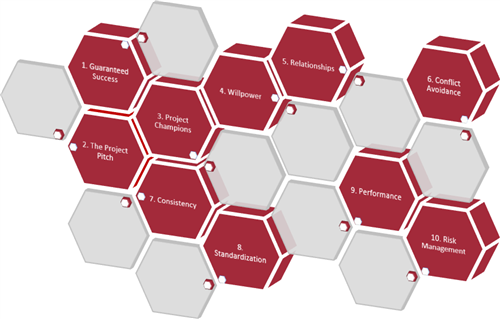
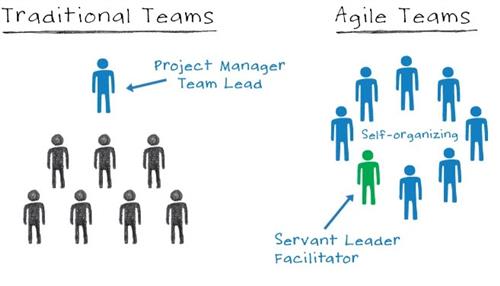


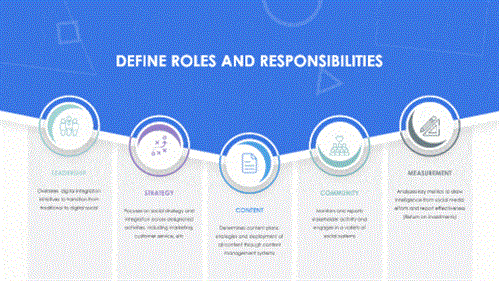
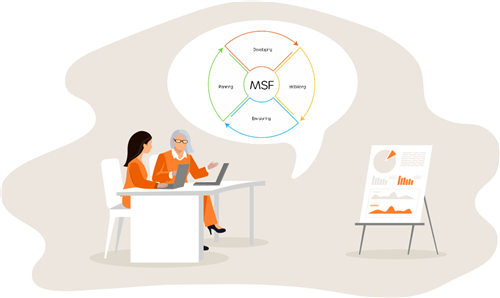
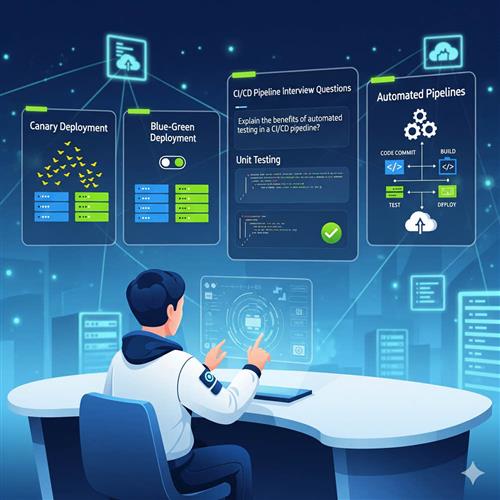



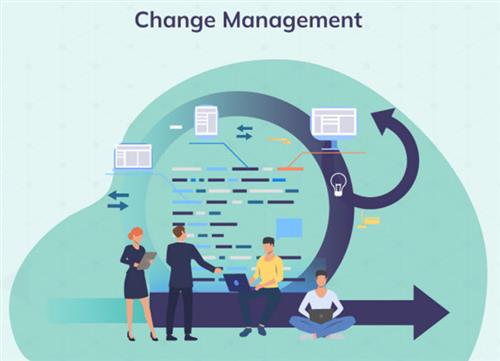



![Best IT Outsourcing Companies in Vietnam with Reviews 2023 Top 10 Vietnam IT Outsourcing Vendors [MOST UPDATED] - TIGO CONSULTING](/Uploads/Vietnam12012023111455_thumb.jpg)
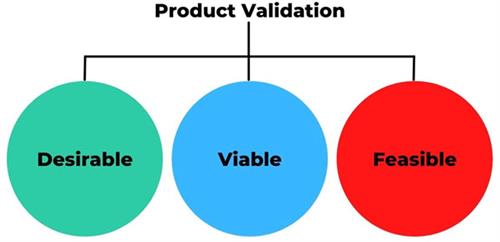









 Link copied!
Link copied!
 Recently Updated News
Recently Updated News